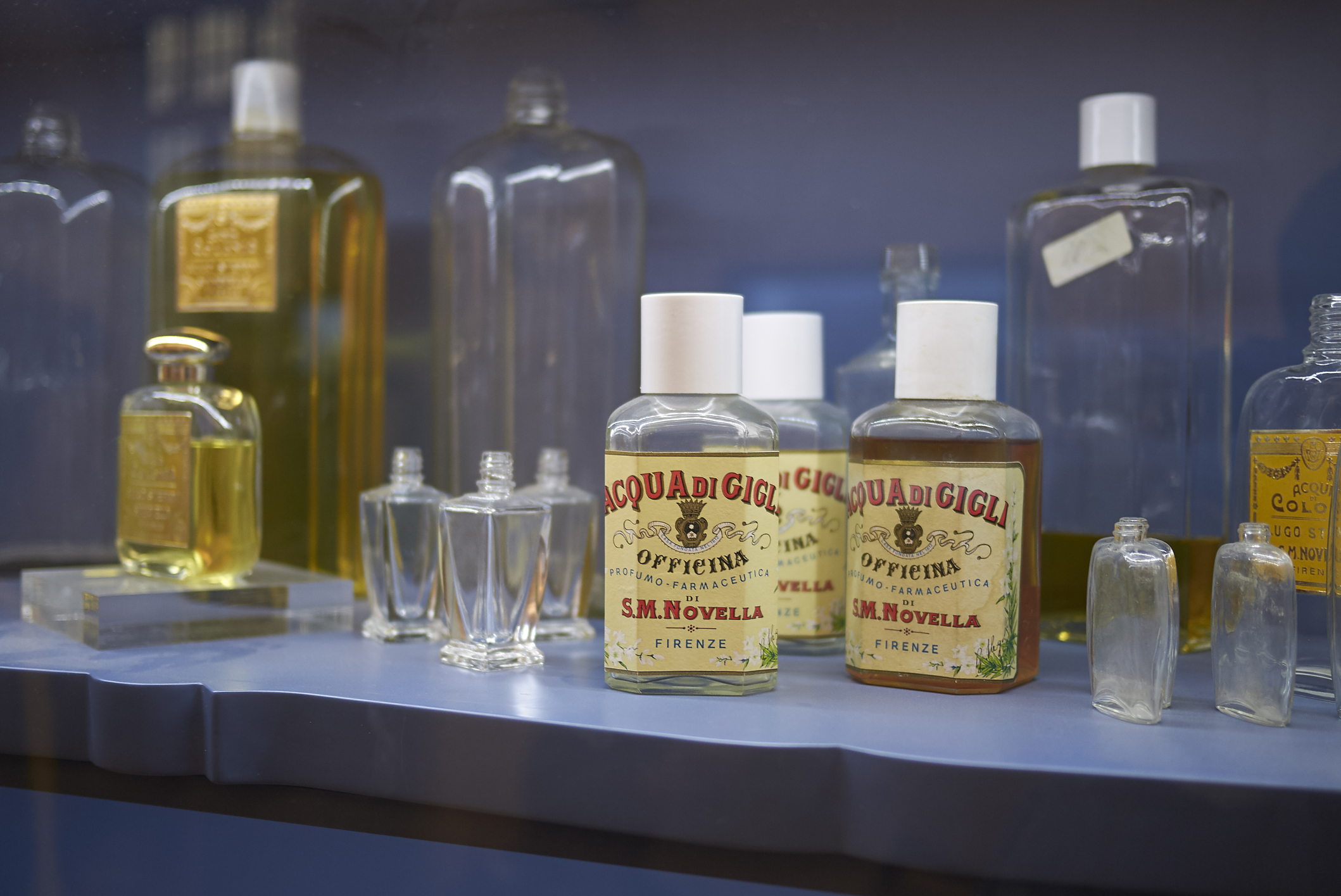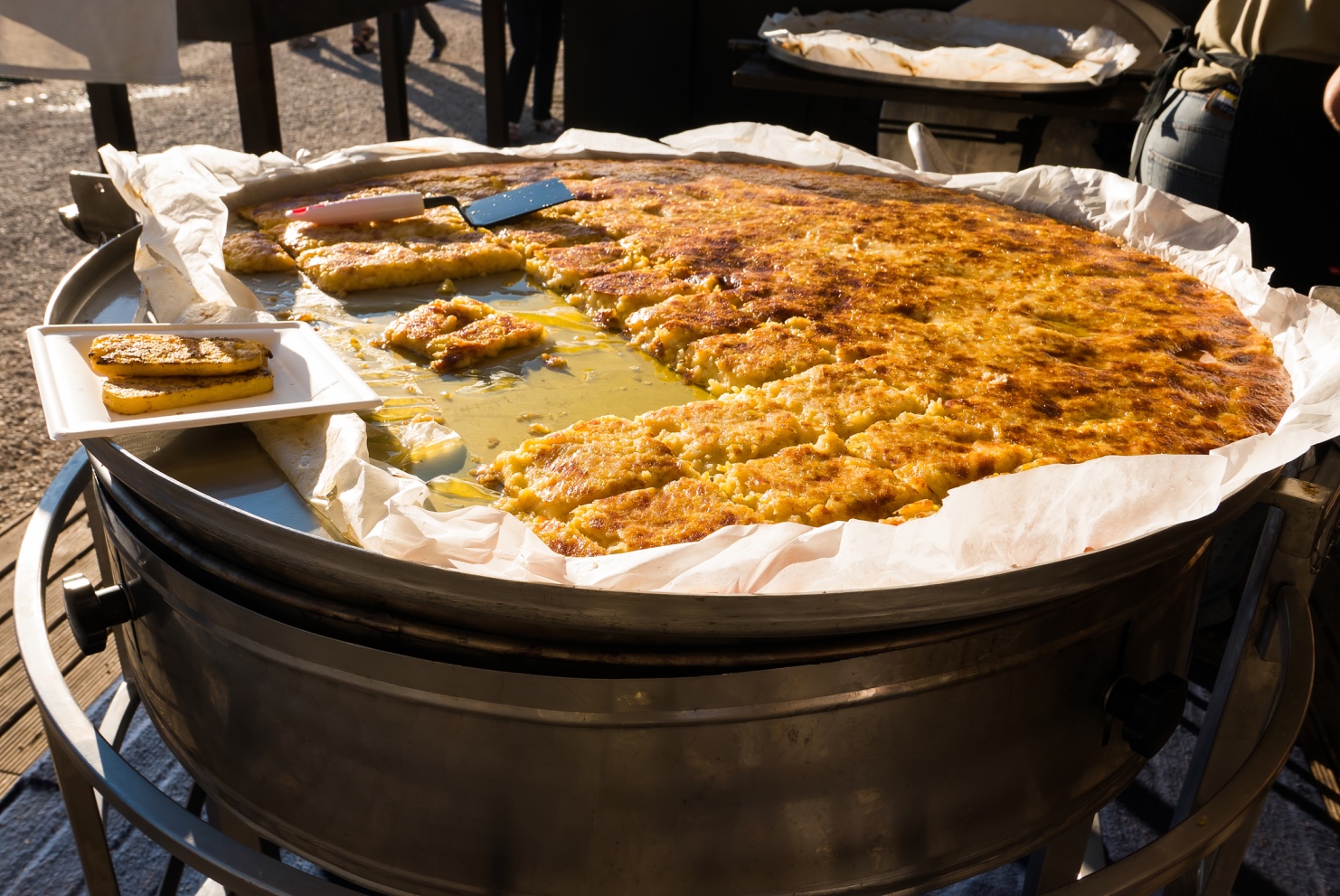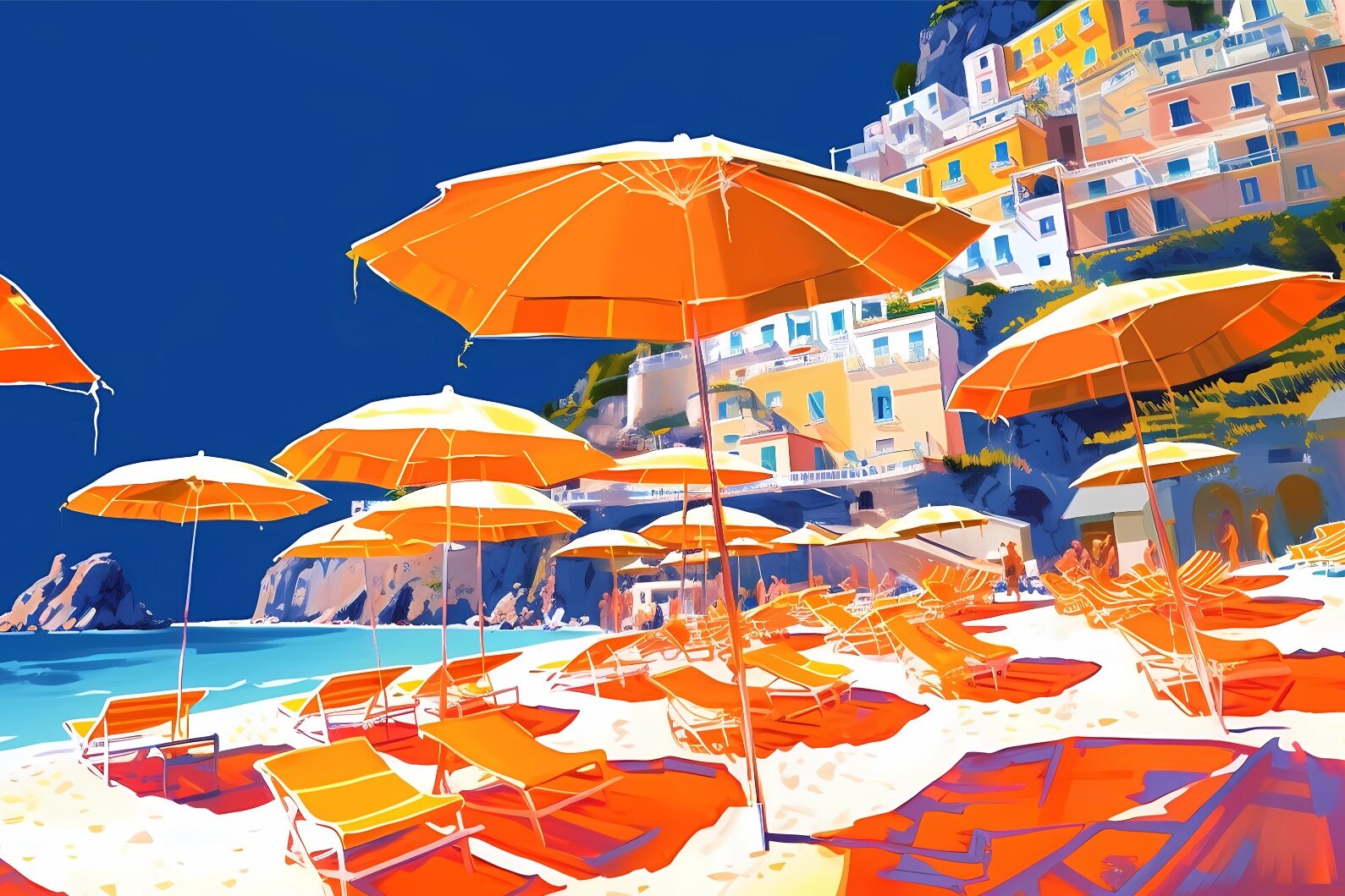A few weeks prior to the end of his mandate as Director of the Italian Cultural Institute of Los Angeles and as a foreign affairs official for the Italian Government, Alberto Di Mauro takes stock of the accomplishments achieved in the last three years. With a look at the future.
What kind of approach has inspired you in managing the Institute and its cultural activities?
Throughout my career I have worked in seven different Cultural Institutes around the world, but the one in Los Angeles has been very special to me. First of all, the building where it is located immediately struck me as extremely spacious and versatile, suitable for hosting multiple types of initiatives both indoor – like concerts or screenings in the auditorium, and exhibitions in the gallery – and outdoor in the patio. This allows to design events of different nature, modifying the space according to specific needs and goals.
I have been taught that Cultural Institutes must be a showcase for Italian culture abroad, yet I don’t totally agree with this idea of culture as static and closed. It is actually a work in progress, and I believe that the best way for it to be understood and appreciated is to open up, interacting with others in a productive dialog.
In addition, one of the main goals I have tried to pursue was to present contemporary expressions of the Italian spirit, of course without disregarding the classical tradition and its contribution to new cultural trends.
Over the last three years, the IIC of Los Angeles has focused on modern sectors such as technology and science, fashion and design, food and beverage, which are very popular in the U.S.A. and deeply rooted in our history, territory, and society.
Traditional areas like music, arts, and cinema have also been approached from an innovative point of view. For example, American musicians have been invited to perform in a series of piano concerts, interpreting works of Italian XX century composers, while Italian artists have participated in jazz music festivals. In the field of cinema. we have presented Italy’s latest productions as well as retrospectives dedicated to artists the likes of Pasolini, accompanied by seminars, exhibits, workshops, and concerts.
At the same time, new projects have been developed, such as ItaliAnimation film festival comparing Italian and American animation styles, and the annual appointment with an Italian Month of Science, this year focusing on the discoveries of the last 150 years and most recent technological developments. People’s feedback has been extremely positive, and Italian researchers who work in Los Angeles have finally been acknowledged for their contribution to international progress.
What about the relationship between the IIC and local cultural institutions?
With the aim of creating dynamic and long-lasting initiatives, but also drawing the interest from a larger public, the IIC has worked in close collaboration with American and international cultural centers, as well as with Italian partners such as the Consulate General of Italy, but also the Trade Commission, the Tourism board, the IACCW, just to mention a few.
Most of the events organized by the Institute were part of joint projects, like the exhibit of jewels by Italian contemporary designers showcased in parallel to Florence at the Dawn of the Renaissance at the Getty Center. Other examples were the initiatives dedicated to Sicilian music, gastronomy, landscape, and craftsmanship during Sicily Art and Invention at the Getty Villa; and the exhibition of photographs from a groundbreaking 100-year archaeological study carried out in Pompeii that accompanied The Last Days of Pompeii.
We have also collaborated with the Hammer Museum with the show When in Rome: Thirty Works of Art between now and thenBodies and Shadows: Caravaggio and His Legacy
Such cooperation allows to design the events as part of a broader and richer project, and to earn them greater exposure. Otherwise they would remain isolated and draw less attention despite their prestige.
How have you improved communication and accessibility?
Traditional forms of communication are less effective today, so we have enhanced the IIC web site and social networking, and developed a new smart-phone application featuring Italian art itineraries in Los Angeles, including permanent collections, sculptures, and historic buildings. This is the first Institute ever to offer such a service. Based on our book Italy Art LA, it is an interactive tool with the possibility to update and expand the information with video clips, interviews, music, and even ongoing exhibitions. Informative materials have been provided by local museums and cultural institutions interested in the project.
Furthermore, we have increased the number of students attending our language courses, and we have organized special and very popular workshops on different subjects such as theatre, music, eno-gastronomy, and art .
I would say that the Institute has become a benchmark for Italian Americans, Italians and even Americans who are open-minded towards contemporary expression of the Italian identity.
What else could be done?
I would advise to continue what has been started, but also to increase the IIC presence in the other States of jurisdiction as well as the involvement of young generations. In this regard, we have organized film screenings for students from different local universities, and the new smart-phone application may be a way to reach out to them.
In your opinion, what has the Year of the Italian Culture in the United States represented?
Probably a summary of the results we have achieved in promoting the Italian culture in this Country, and a starting point to move forward in the name of continuity and collaboration with local partners.
Speaking of future projects, what comes next in your personal and professional life?
This is going to be a radical change, I am about to retire after 30 years working for the Italian Government, moving from an IIC to the other. Through my career I have had the opportunity to get in contact with different cultures, and now I would like to use this experience to realize something more personal, but always keeping in touch with my friends and colleagues here on the other side of the Atlantic.






























